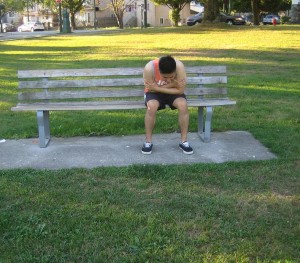Human ehrlichioses are rickettsial infections triggered by various species of the Ehrlichia bacteria. The bacteria can spread to humans via bites from infected ticks. Remember that most cases are likely to occur during the spring and summer season.
What are the indications?
Even though the 3 forms of human ehrlichioses are triggered by various organisms, the infections they can cause have similar indications. Remember that these symptoms are strikingly the same with the flu.
- Headache
- Fever
Even though the 3 forms of human ehrlichioses are triggered by various organisms, the infections they can cause have similar indications. Remember that these symptoms are strikingly the same with the flu. - Chills
- Appetite loss
- Muscle and joint pain
- Generalized feeling of sickness
In some instances, rash might be present. Nausea and vomiting can also occur as well as sudden weight loss due to the appetite loss. In rare cases, the infection can trigger stomach pain, confusion or coughing.
The symptoms usually start 5-10 days after a tick bite. Remember that tick bites are often left unnoticed. Many individuals who have tick-borne infections are not even aware that a tick has bitten them.
Management
In most cases, human ehrlichioses is managed using the antibiotic doxycycline. It is vital that the medication is started right after the ailment is diagnosed and can be given orally or intravenously for 5-10 days.
Even though doxycycline and other tetracycline antibiotics are not usually utilized for children younger than 8 years old, in such cases, the need for treatment outweighs the small risk of staining the teeth. At the present, there is no effective alternative.
Prognosis
Many children who are infected with human ehrlichioses who are properly treated can recover without any lasting effects in 1-2 weeks. As for severe cases, damage to the brain can occur. If not treated, some cases can be fatal but this is rare.
Prevention
It is vital to limit the exposure of the child to ticks as much as possible. If in infested areas, it is vital to use clothing such as long pants and long-sleeved shirts that covers most of the body.
Apply a DEET-based repellant on parts of the skin that are exposed. Reapply every few hours based on the instructions on the packaging.

